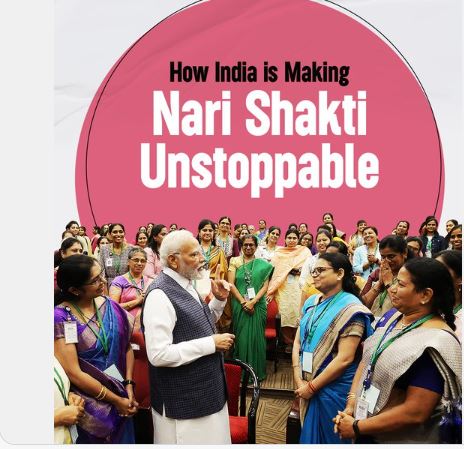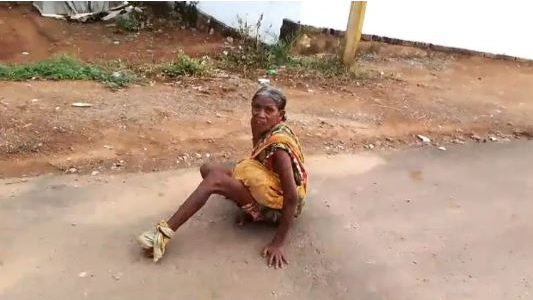Rural Infrastructural Development Fund
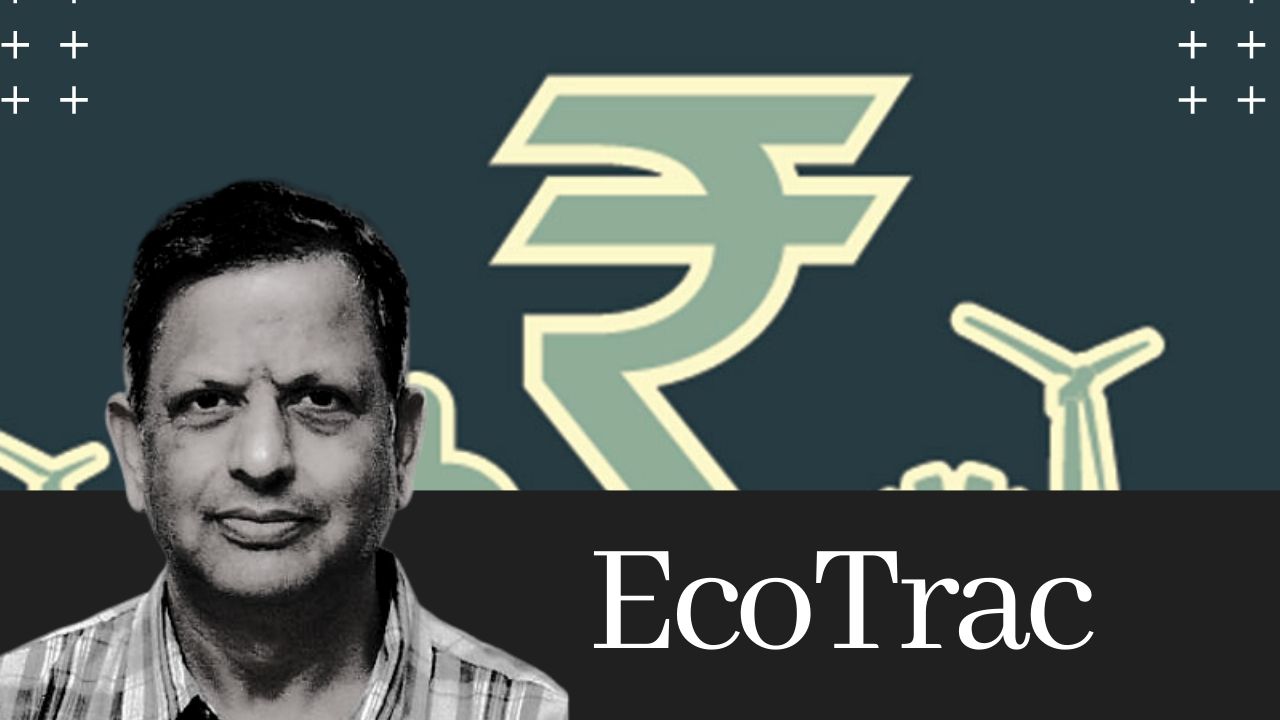
The RIDF investments have proved instrumental in augmenting national income and generating employment. Dr Manas R Das Pursuant to the announcement in the Union Budget 1995-96 speech by the then Finance Minister Dr. Manmohan Singh, the Rural Infrastructural Development Fund (RIDF) was set up with National Bank for Agriculture and Rural Development (NABARD). The objective of RIDF is to mobilize financial resources with a view to providing low-cost funds to the States so that they can complete the incomplete rural infrastructure projects. RIDF is funded by those banks, which fail to attain the stipulated targets for lending to the Priority Sector and/or agriculture and/or weaker sections,to the extent of the shortfall amount. Thus, bank funding in the rural areas is ensured, albeit indirectly, which would otherwise have been lent to the non-Priority sectors. Thus, conceptually, it is a win-win arrangement for banks as well as the State governments as far as funding rural infrastructure development activities is concerned. Over the years, RIDF has emerged as a stable source of financing for rural infrastructure projects. RIDF, which started with a corpus of Rs.20,000 crore,initially aimed at rejuvenating the incomplete medium and minor irrigation, and watershed development projects. Today, with enlarged focus, the Fund encompasses 37 activities of rural life belonging to three broad areas: (a) Agriculture and allied sectors, (b) Rural connectivity and (c)Social sector.There have been 25 tranches of RIDF. The allocations have grown from Rs.20,000 crore (Tranche I) to Rs.28,000 crore in Tranche XXV (2019-20). The tranche-wise allocations are illustrated in Chart 1. {"id":104451,"width":822,"height":457,"sizeSlug":"large","linkDestination":"none"} As at March-end 2020, the cumulative allocations stood at Rs.3,48,500 crore (including Rs.18,500 crore under Bharat Nirman). While allocating RIDF funds to States, NABARD takes into account various parameters such as geographic area, rural population, composite infrastructure development index, inverse CD ratio and efficiency in utilisation of RIDF allocation. Sanctions Cumulatively, as at March-end 2020, Rs.3,74,357 crore (including Rs.18,500 crore under Bharat Nirman) were sanctioned to various State governments. In this, the Agriculture and allied sectors commanded the highest share of 44%, followed by rural connectivity (38%) and social sector projects (18%). Disbursements Cumulatively, as at March-end 2020, Rs.2,94,484 crore (including Rs.18,500 crore under Bharat Nirman) were disbursed to various State governments. The disbursements (including Rs.18,500 crore under Bharat Nirman) towards closed Tranches I to XVII totalled Rs.1,41,453 crore implying utilisation level of 92% of the corpus. Under the ongoing Tranches XVIII to XXV, disbursements of Rs.1,53,031 crore accounted for 78% of the corpus. The cumulative utilisation against the phased sanctions of Rs.3,27,100 crore, i.e., to be disbursed as per phasing of projects sanctioned under RIDF I to XXV constituted 90% as at March-end 2020. Disbursements: Regional Pattern In the North-east region and Western region, disbursements under all ongoing tranches during 2019-20 exceeded that in the previous year. With nearly 25% share in total disbursements under RIDF during the last three years the Eastern region stood out. Socio-economic Impact of RIDF The investments under RIDF have increased the irrigation potential. Through construction of new roads and improvements in the existing ones, it has led to better road network in the far-flung rural areas. The social infrastructure projects have improved quality of rural life through education, health and sanitation, drinking water supply and market access. Thus, RIDF investments have proved instrumental in augmenting national income and generating employment. About the Author: Dr. Manas R. Das is a former senior economist of State Bank of India. He has over 30 years of experience as an economist in two large commercial banks. Academically, he is a gold medalist in Bachelor of Arts with Economics Honours from Utkal University, followed by Master’s in Economics from Delhi School of Economics and Doctorate in Economics from Gokhale Institute of Politics and Economics. He is also a Certified Associate of Indian Institute of Bankers. He has won several awards, besides being a prolific writer.
Latest News
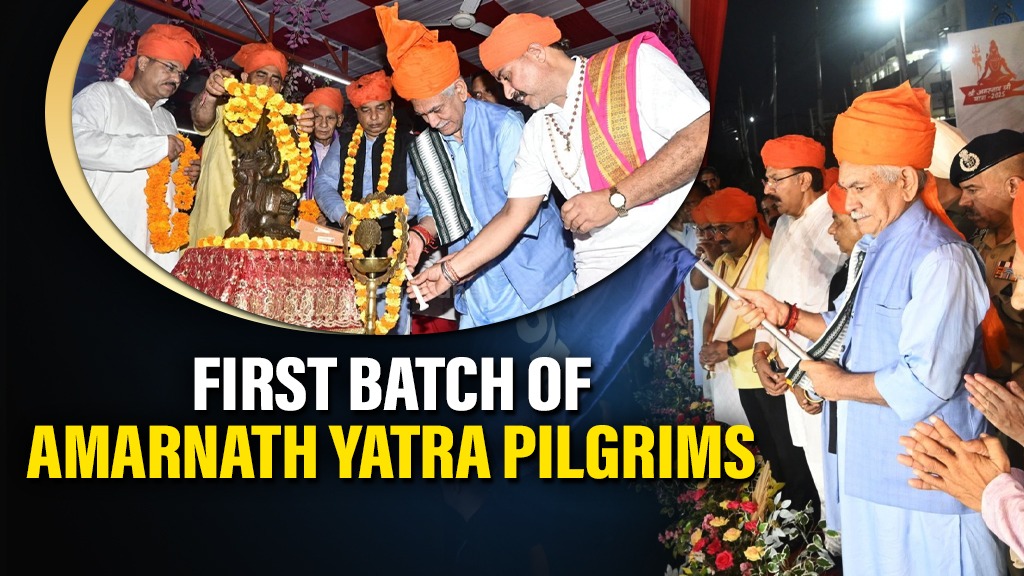
Amarnath Yatra 2025: J&K LG Manoj Sinha flags...
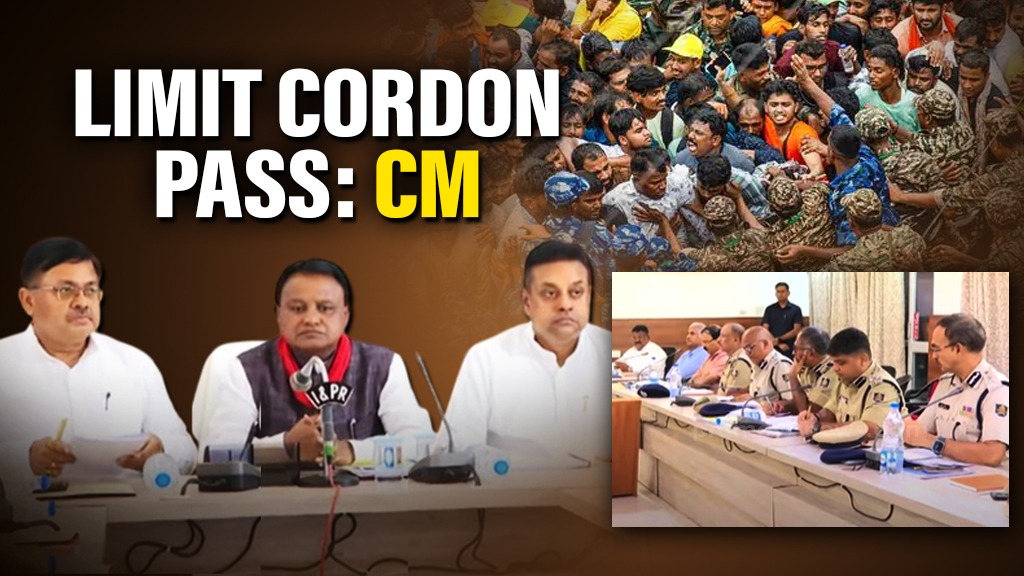
CM Mohan Majhi reviews security arrangements f...

Pharma factory blast in Telangana: Odisha send...
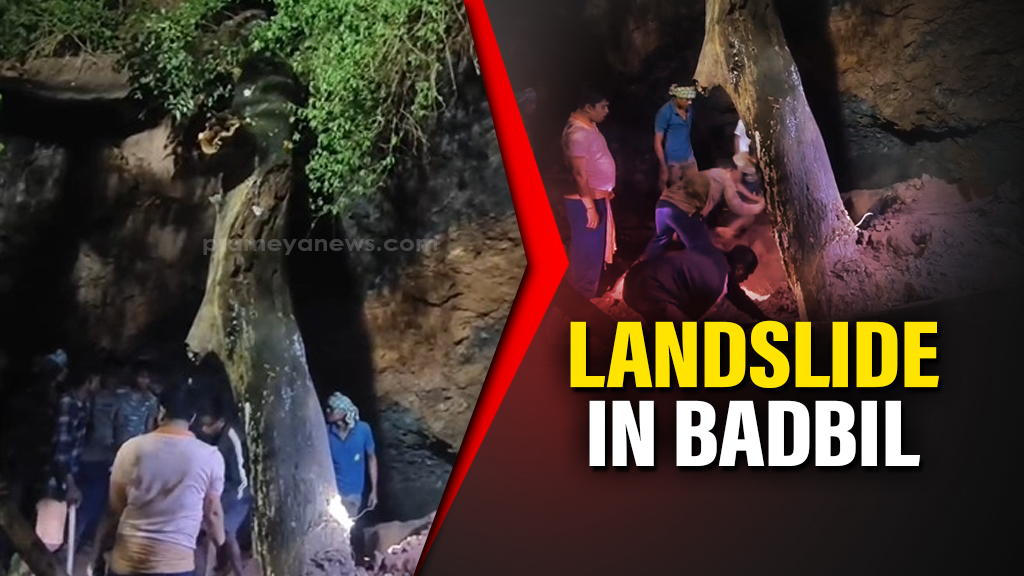
Three killed as illegal Manganese mine collaps...

Priyanka Chopra learns Odisha’s Mayurbhanj Chh...

Daily Horoscope: Today's astrological predicti...

Rath Yatra 2025: Lakshmi-Narayana Besha during...
Copyright © 2024 - Summa Real Media Private Limited. All Rights Reserved.














